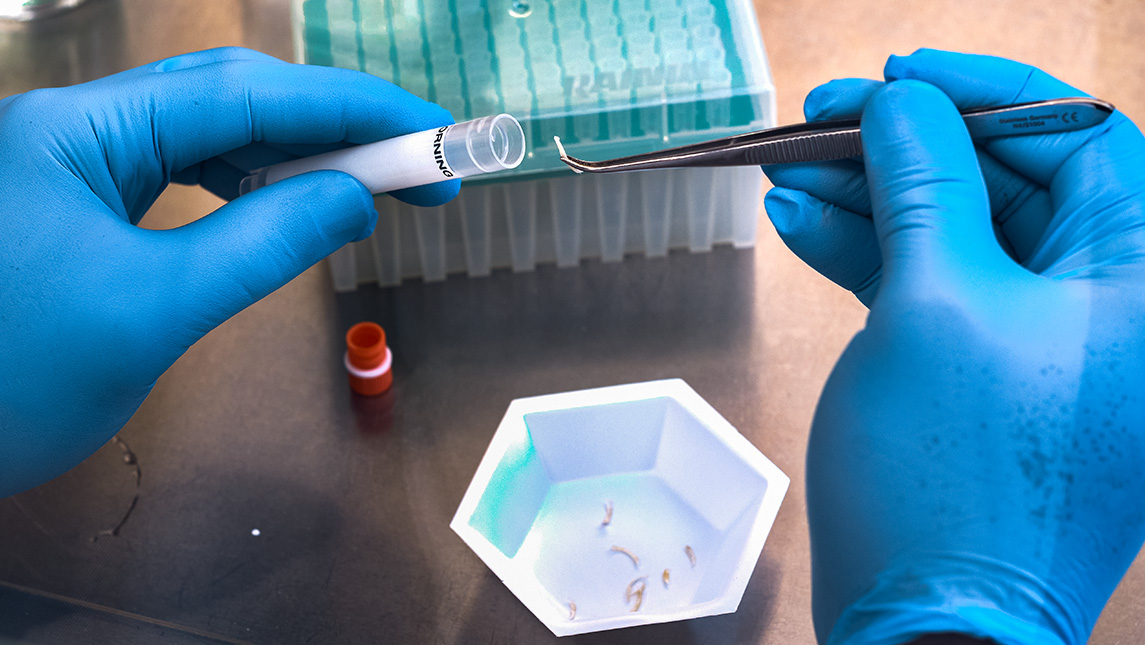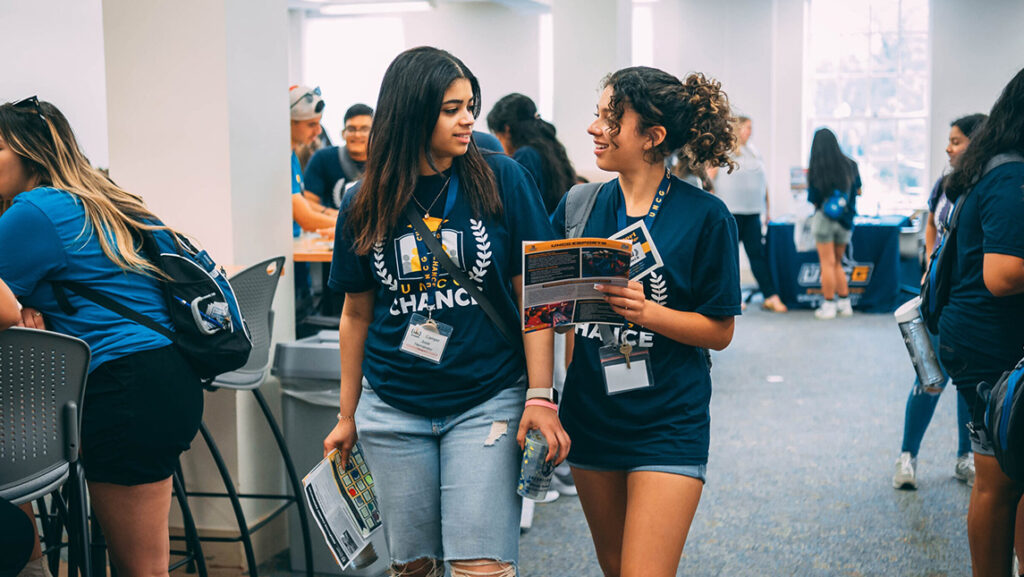The baffling discrepancies in severity of COVID-19 infections just caught a break thanks to two UNCG researcher-led studies published this winter. Though separate in scope and methods, each came to a conclusion that supports the other’s work: the level of dietary selenium intake is directly related to immune response to COVID.
The Chemistry of Covid
In February, chemists Ignacio A. Gallardo, Daniel A. Todd, Stella T. Lima, Jonathan R. Checkan, Norman H. Chu, and Ethan W. Taylor, all researchers in the Department of Chemistry and Biochemistry, released a study in the journal Antioxidants revealing a new basis for the link between selenium and COVID-19 severity.
Building on a previous study that identified a set of six host proteins potentially targeted by SARS-CoV-2, the new study confirmed cleavage of three previously predicted protein target sites from selenoproteins, which have antioxidant and antiviral defensive roles. In addition, they discovered that the viral protease targets and potentially inactivates the rate-limiting enzyme in glutathione synthesis, glutamate-cysteine ligase catalytic subunit (GCLC).
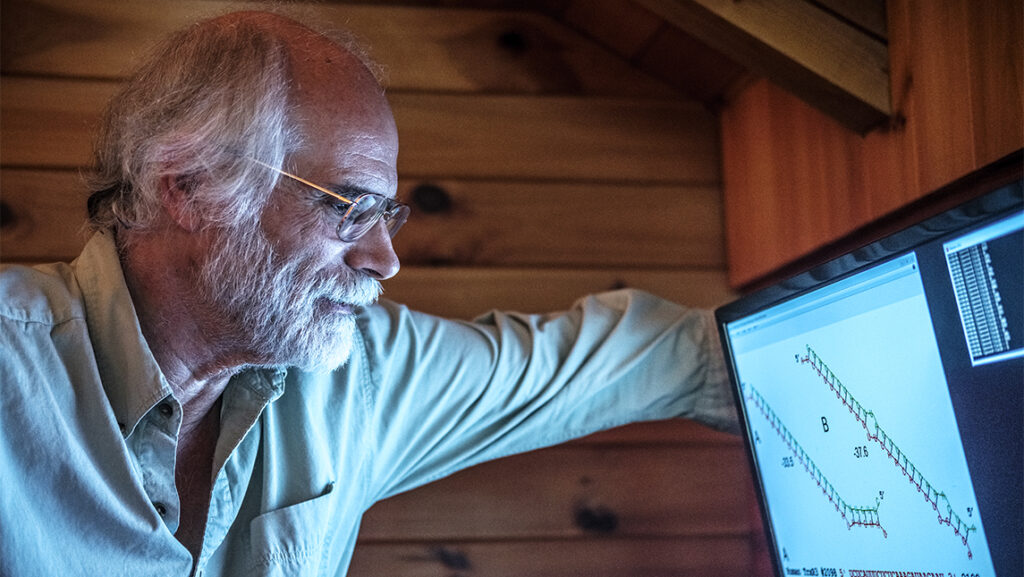
Their findings indicate that COVID destroys the antioxidant activity of a key human selenoprotein and reveals a basis for reduced glutathione levels that are seen in COVID-19 patients, which weakens immunity and enables the virus to replicate more efficiently.
“This is the first time that a study has shown a virus to have an active strategy to destroy human selenium-containing proteins,” said Taylor, professor of biomedical chemistry at UNCG and one of the authors of the study. “Selenium biochemistry may be a key in understanding how to strengthen the immune system against COVID.”
Their findings suggest that selenium supplementation in the diet may lead to fewer symptoms in COVID patients.
Toenails, Selenium, and Nutrition
Concurrently, a team out of the School of Health and Human Sciences Department of Nutrition conducted a research study to determine if there was a link between selenium and zinc nutritional status and COVID severity. The UNCG researchers – Doreen Larvie, Maryanne T. Perrin, and Seth M. Armah – worked with Wake Forest University chemist George L. Donati to analyze selenium and zinc levels in 106 North Carolinians who were COVID-positive.
Conducted during the 2020 pandemic shut-down, they collected samples in what some may call an unusual way – through toenail clippings.
“We had to follow social distancing rules during the study, so we couldn’t work with blood or plasma samples. We needed biomaterial that would reflect zinc and selenium status, so we decided to collect toenail clippings that the participants could mail to us,” Armah says.
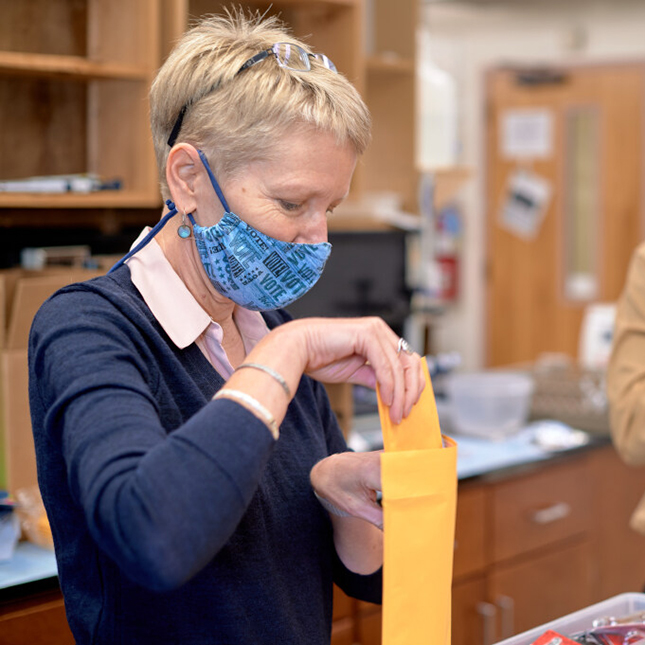
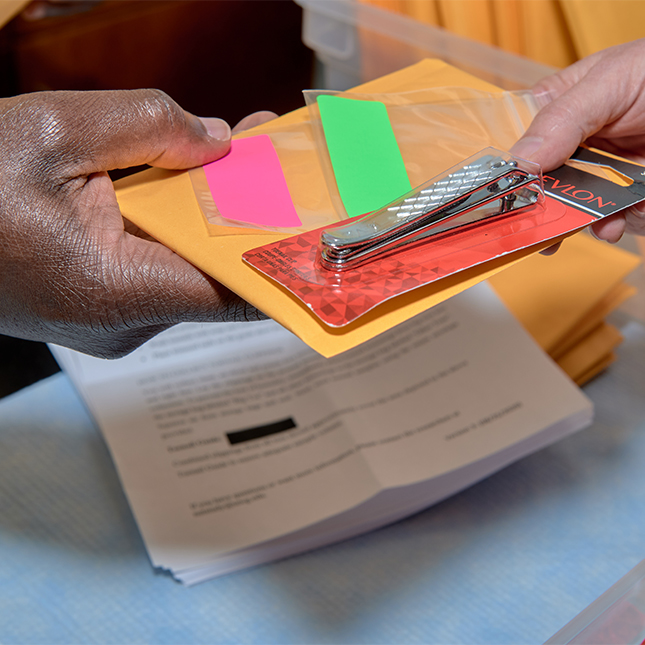
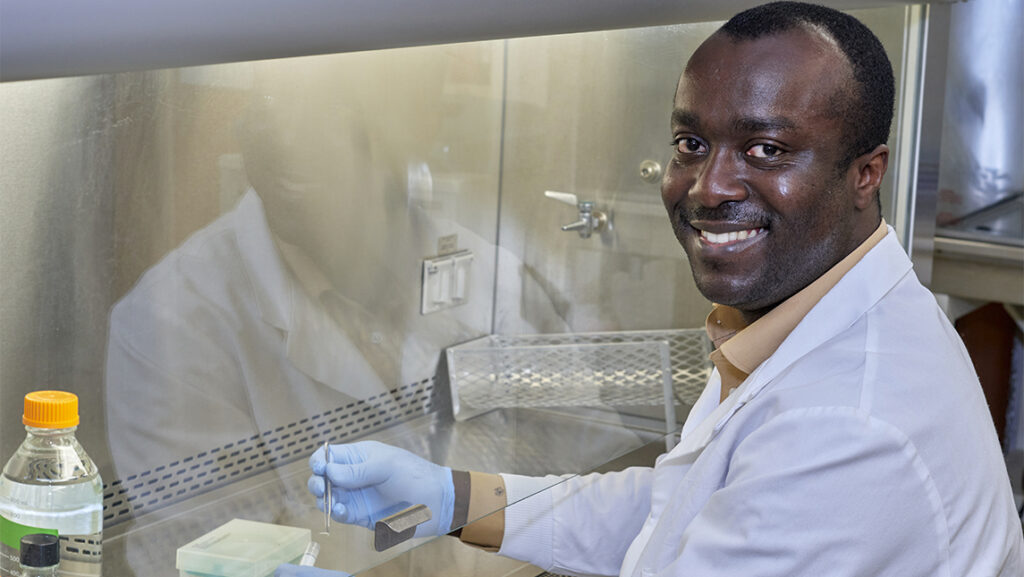
Once the samples were collected, cleaned and digested, the researchers sent them to their collaborator at Wake Forest University, George Donati. Donati’s lab measured multiple trace minerals in the toenail samples. The researchers also collected and analyzed dietary intake data from the study participants.
The results were published in the March edition of Current Developments in Nutrition and revealed that higher selenium intake was associated with lower severity of COVID symptoms among those who were already low in zinc and selenium intake.
“Micronutrients, including selenium, play a vital role in our immunity,” Armah says. “Findings from this study support a potential benefit from improved selenium intake among individuals consuming a low-selenium diet to mitigate COVID-19 severity. Selenium is an antioxidant and beefs up the immune system against inflammation and viruses.”
The combined results of the two studies suggests that selenium is a vital nutrient in strengthening proteins that combat COVID.
“The beauty of the whole thing is that we have two studies that are very complementary and the results agree with each other,” says Seth Armah. “It’s a win-win for our two research studies. We’re encouraged that our findings will help address the COVID pandemic, and our results will be a springboard for other researchers to develop new therapies.”
Story by Alice Manning Touchette
Photography by Martin W. Kane
